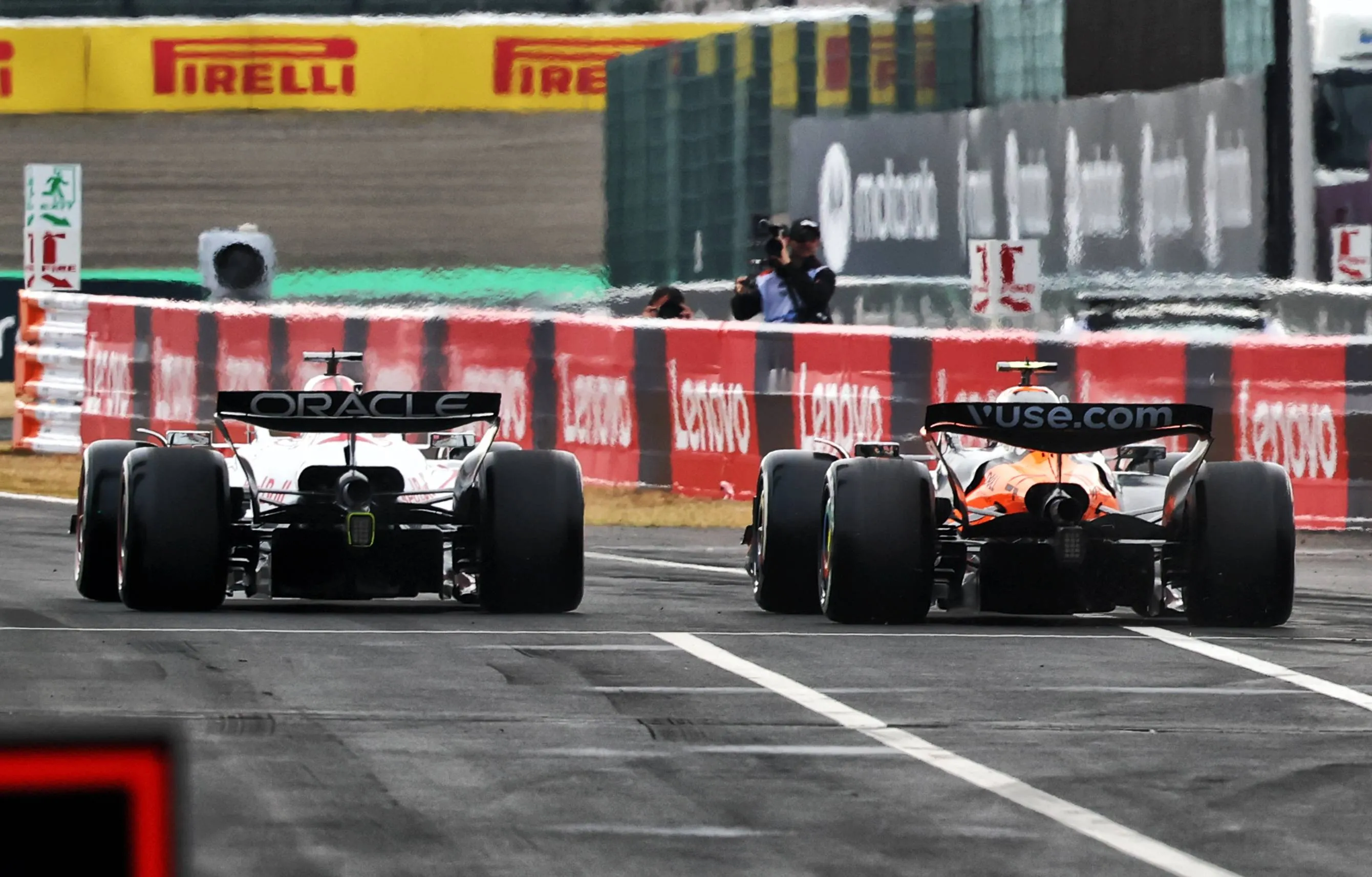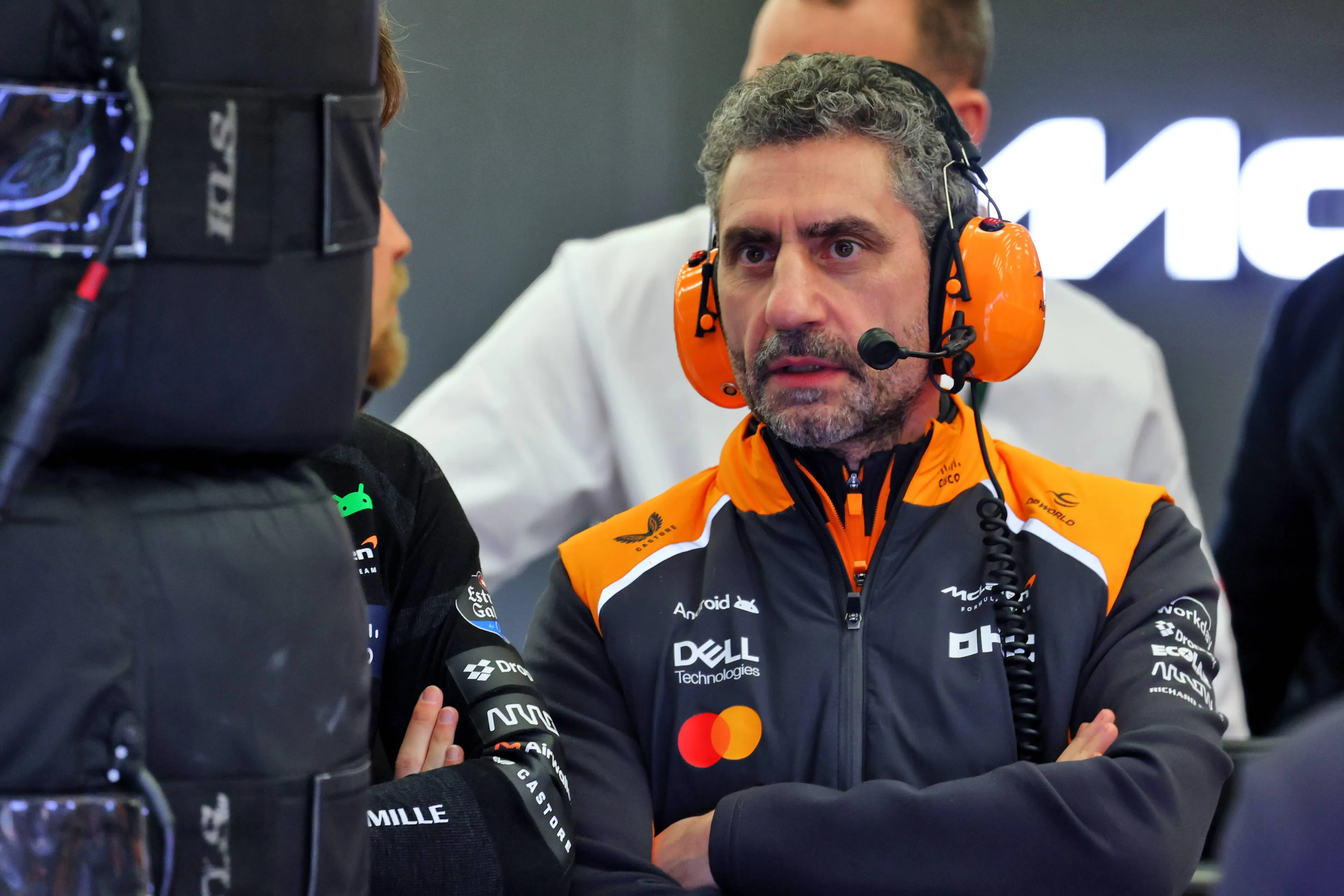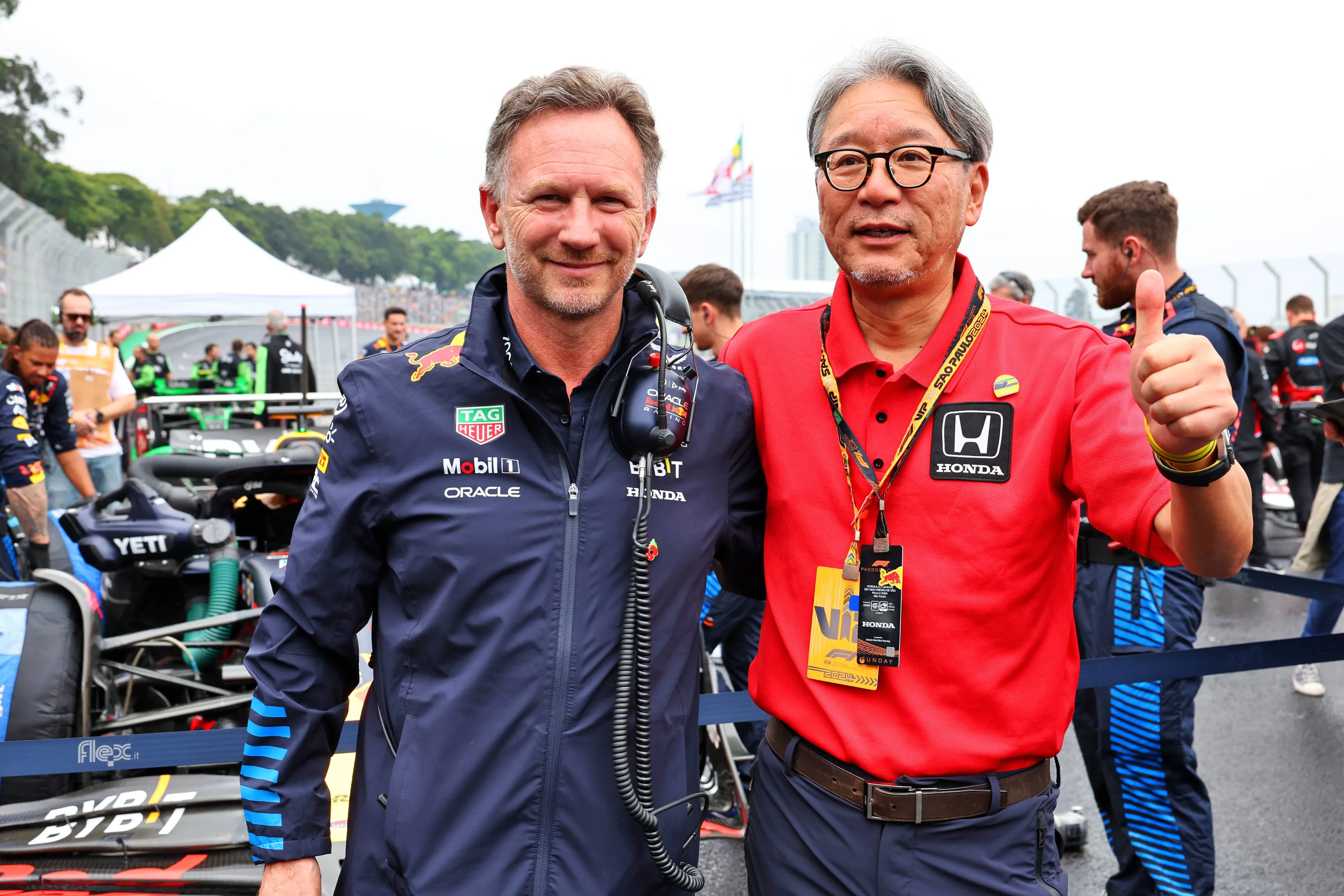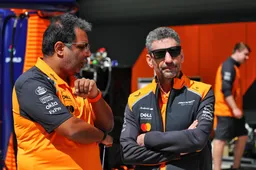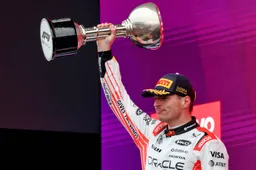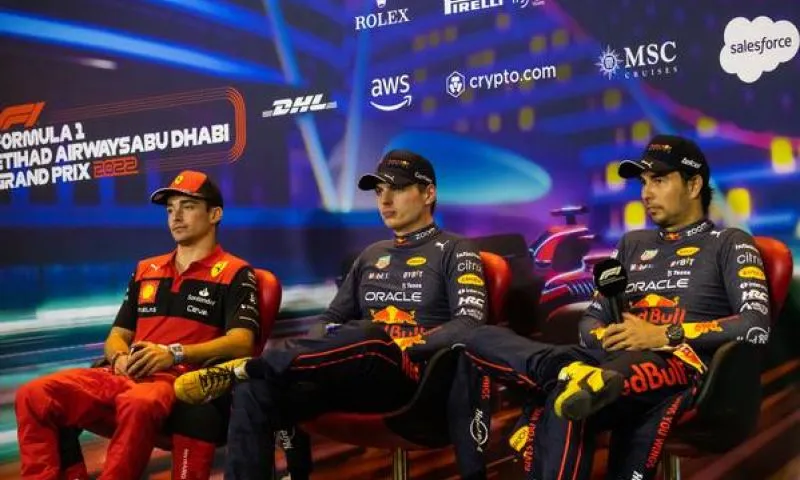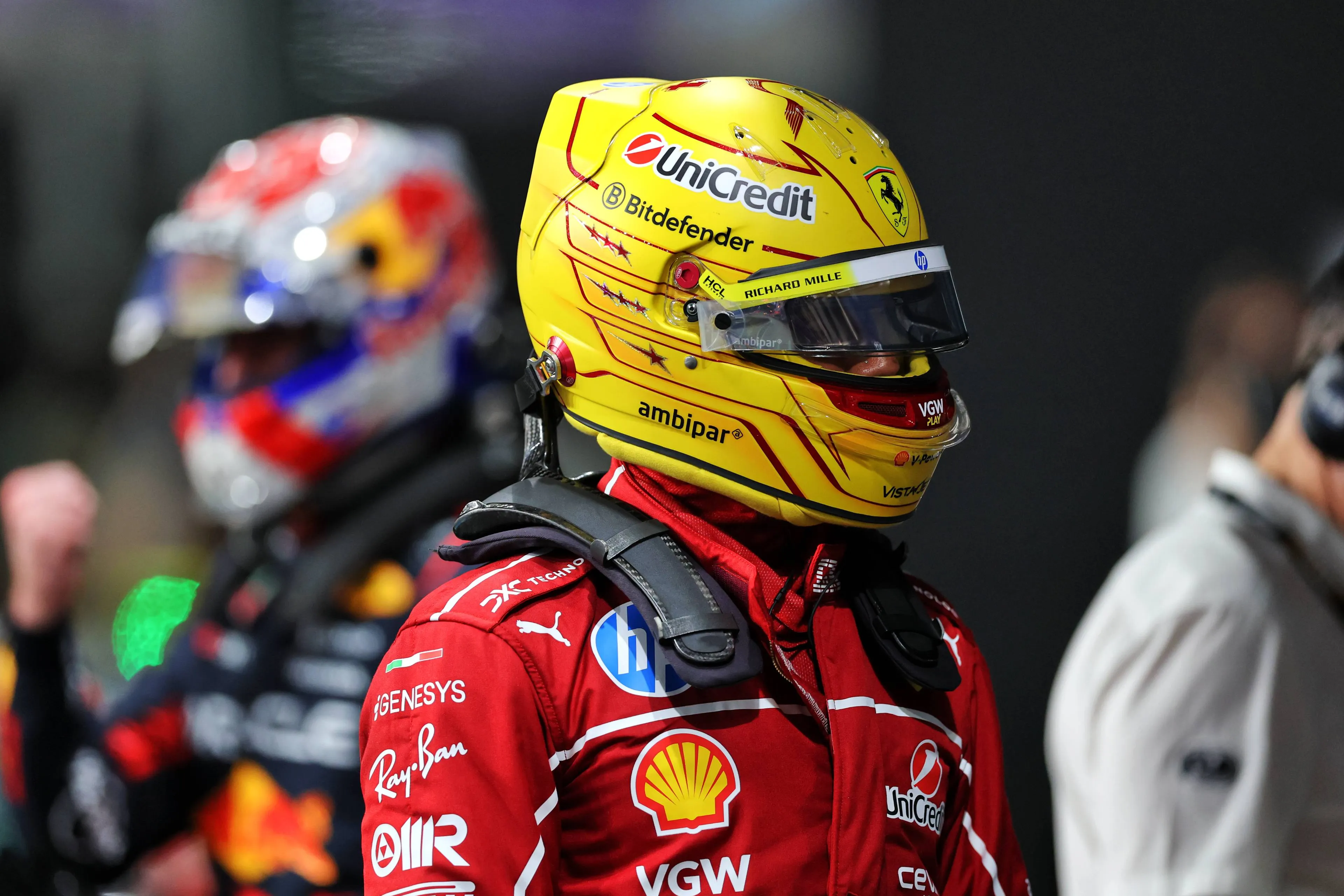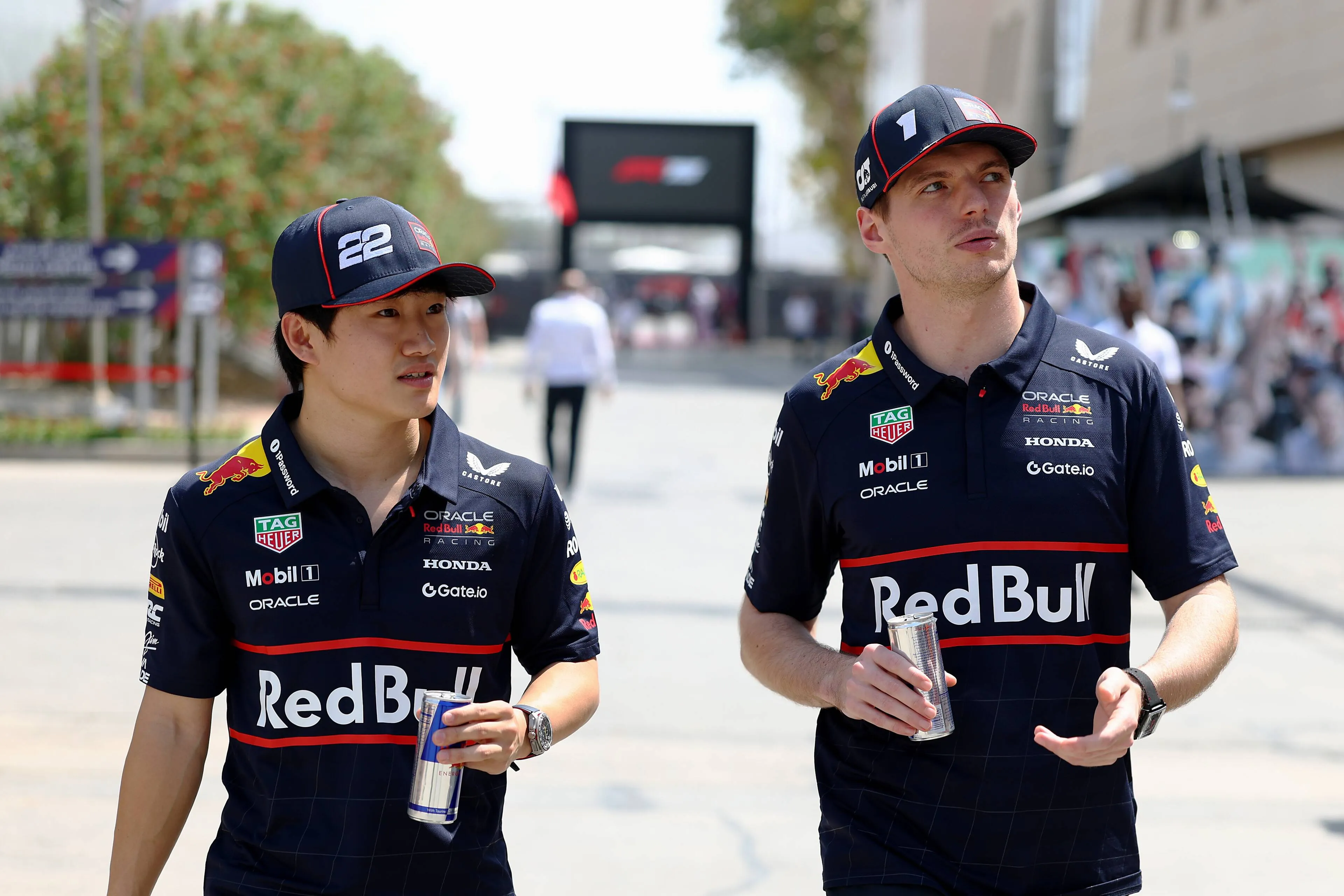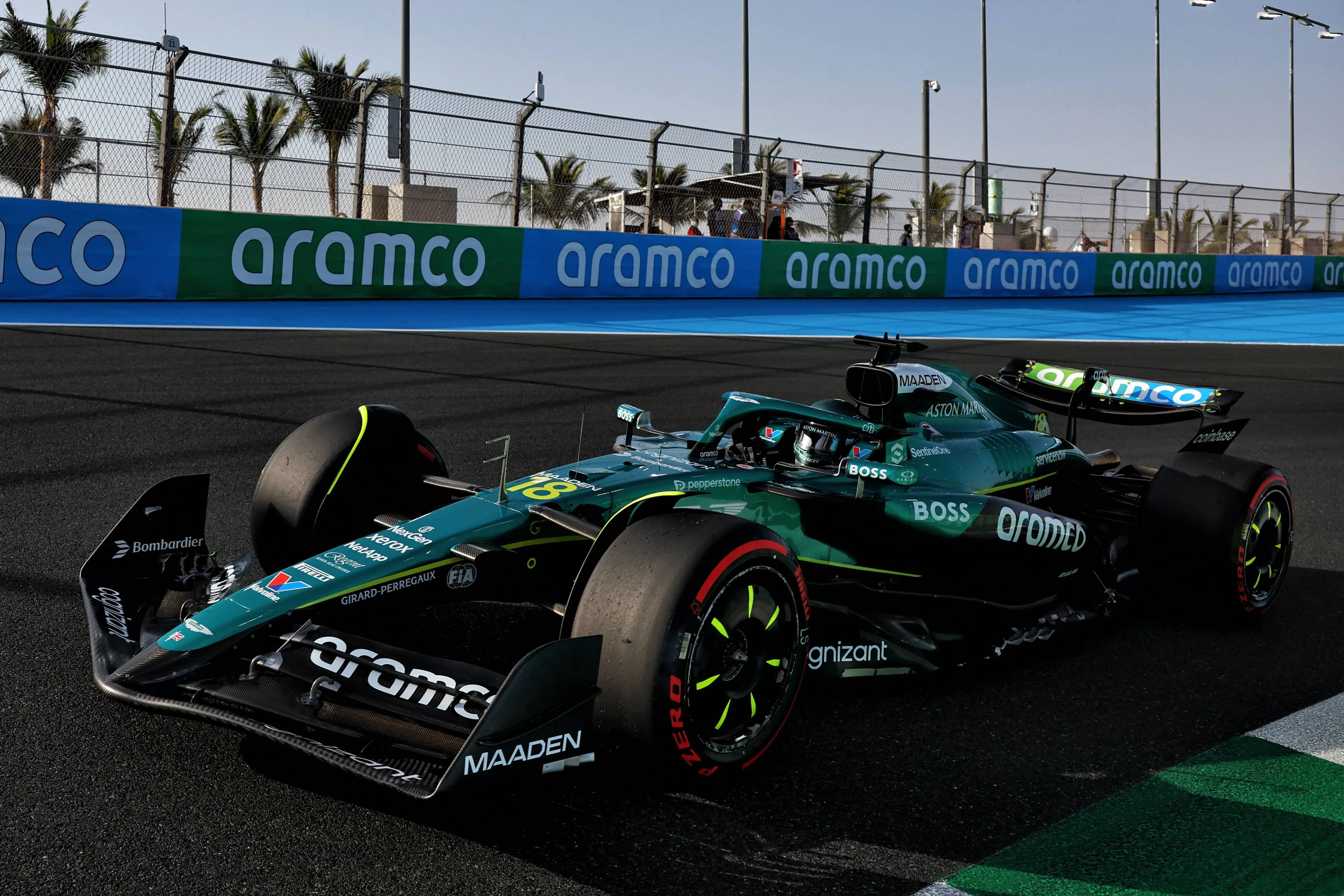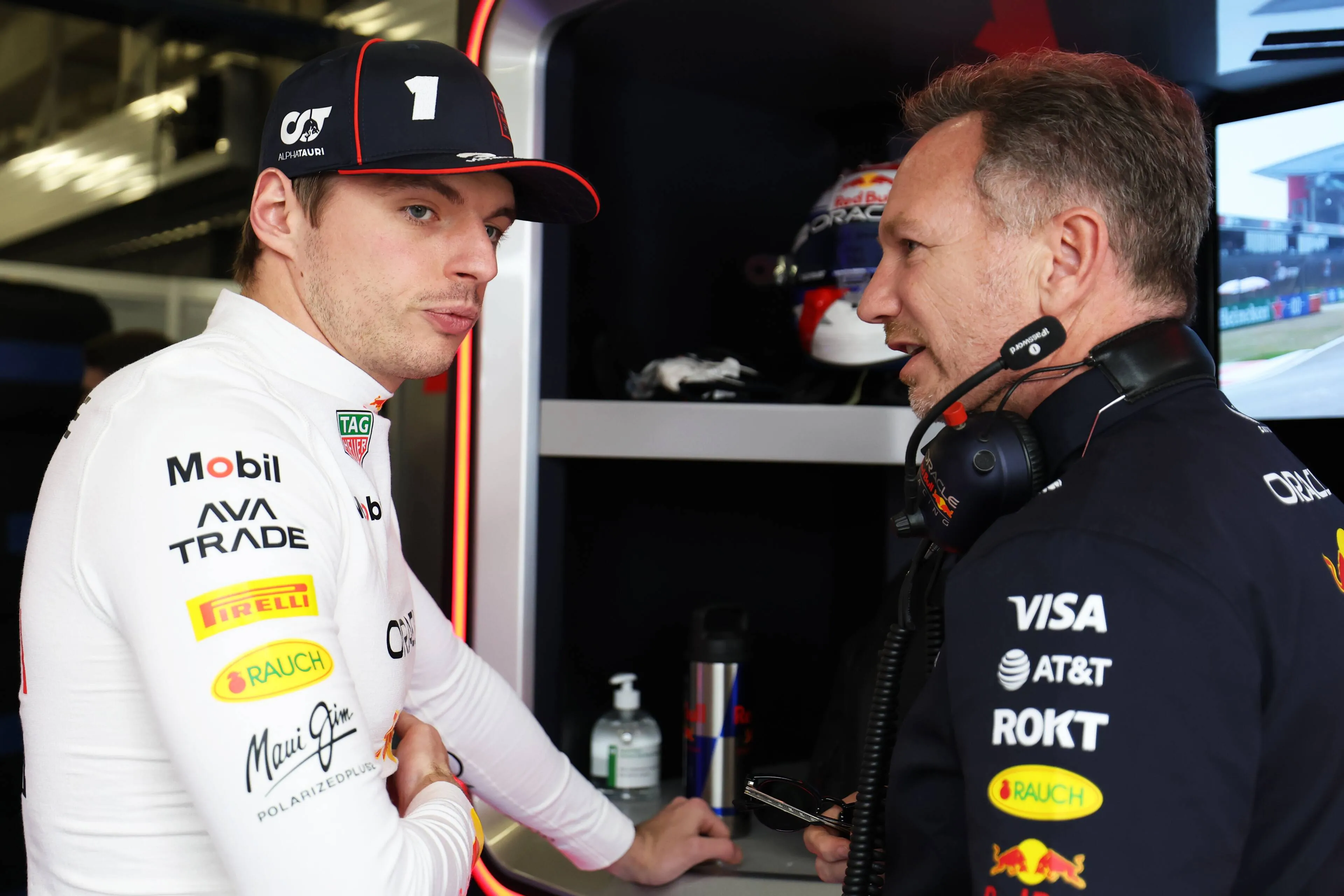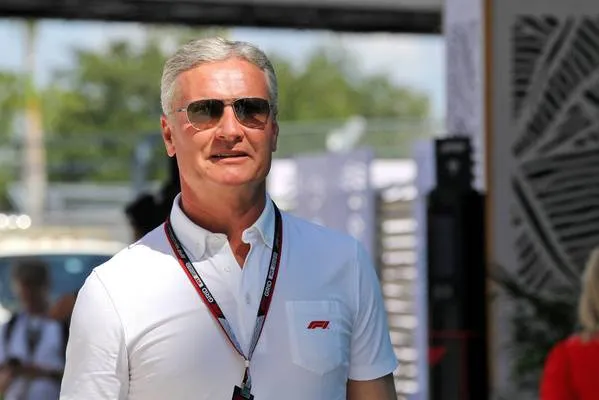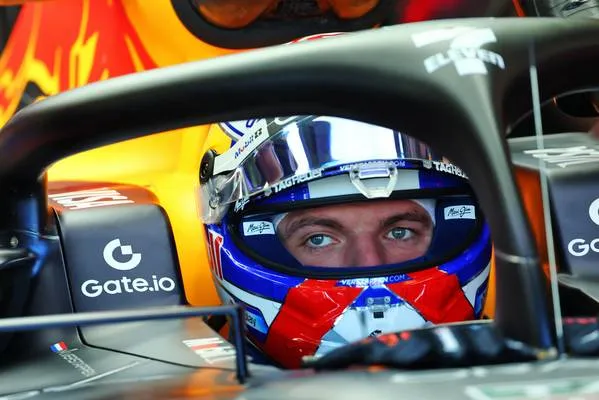McLaren choose a remarkable pit stop strategy: Did Norris lose to Verstappen because of it?
17:00, 06 Apr
0 Comments
On a track where overtaking is quite difficult, Lando Norris had one chance to pass Max Verstappen after the start: during the pit stops. But McLaren decided to bring in the Brit at the same time as Verstappen. Did McLaren throw away a possible race victory by doing this?
There was just over a second difference between Verstappen and Norris when they entered the pits. Verstappen had a slightly slow stop but eventually managed to get out of his box in first. Lando Norris - whose team are stationed at the back of the pit lane - had a good launch after his stop, managing to get halfway alongside Verstappen. With the asphalt simply ending, Norris had to briefly go through the grass before stepping out of the battle.
Why did Norris go into the pits with Verstappen?
It was a spectacular sight, but was this moment necessary? Wouldn't it have been smarter for Norris not to come in with Verstappen - who reacted to Oscar Piastri's earlier stop? If Norris had continued for a few more laps, he could have tried to gain time on Verstappen on the track, especially since Verstappen had to navigate through the traffic from the midfield after his stop.
As mentioned, McLaren chose to pit at the same time as Verstappen. According to Andrea Stella, the team boss of McLaren, it was a deliberate choice.
"I think the problem for Lando would be that he would have lost positions to some other cars including Oscar," said the Italian later in McLaren's hospitality. "Because they had pitted and they were faster and if you stay out on 20 laps used medium you cannot be faster than somebody that pitted on a hard tyre."
The decision for Norris' pit stop was also influenced by the almost nonexistent tyre degradation on the new tarmac at Suzuka. Stella mentioned that in the past, a driver would benefit from better tyres once he dived into the pits four or five laps later. "But here, the tyres don't almost degrade at all from one lap to the other we kept seeing purple sectors and purple laps until the final lap so it's a low degradation race it's a tricky one. Qualifying becomes very relevant when you have this type of race."
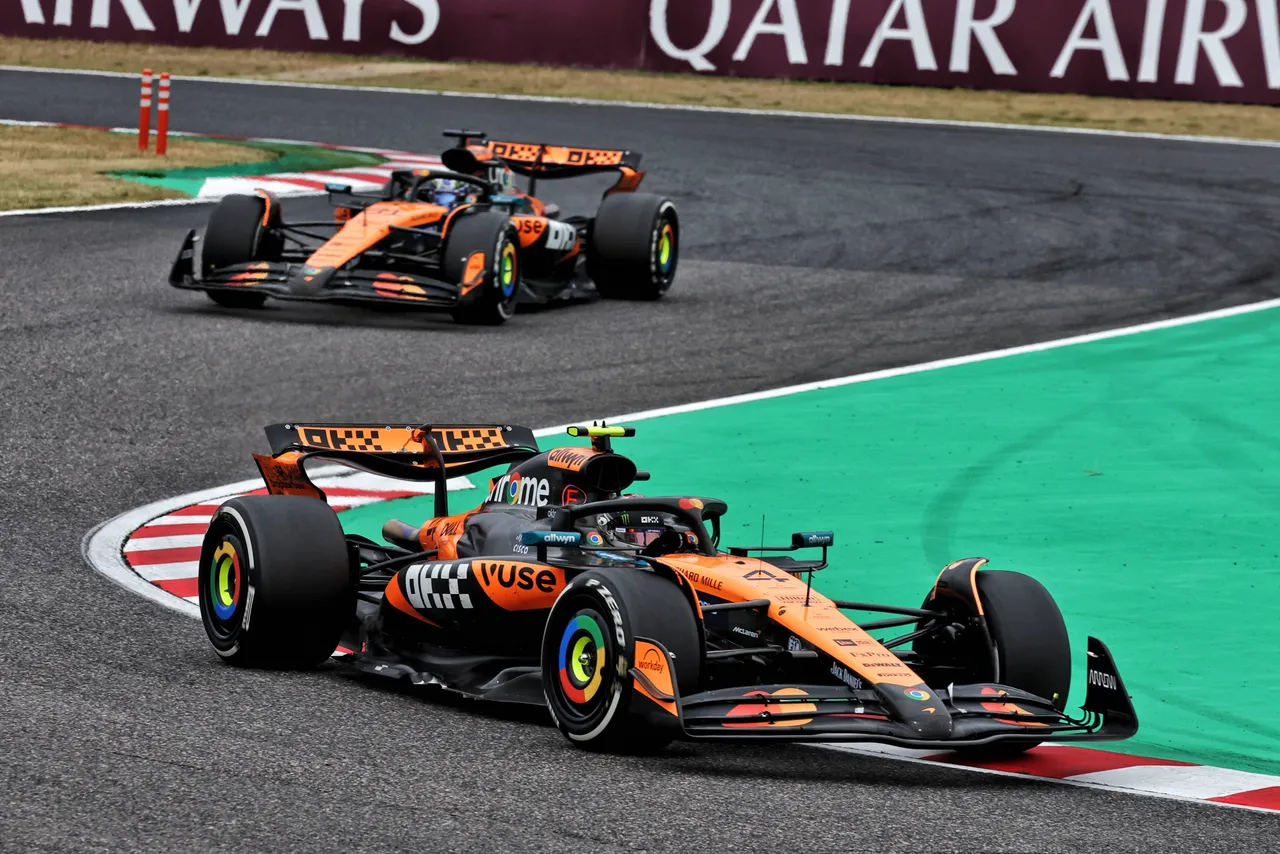
Norris heads Piastri during the Japanese Grand Prix
McLaren had other options
Stella's explanation is plausible, but it overlooks two things. Firstly, the McLaren would need to have a speed advantage over the Red Bull, so in clean air, Norris might be able to go faster than Verstappen, who - as mentioned - had to overtake other drivers after his stop.
And perhaps the most important point: If you're second and third in the race, you try something different and take a risk, right? Norris might have lost his position to Piastri, but that's his teammate. With one command from the pit wall, that position could potentially be given back. By making the pit stop behind Verstappen, McLaren also ensured that the race couldn't be won on strategy.
Read also
This article was written in collaboration with Toby Nixon
Read more about:
Popular on GPBlog
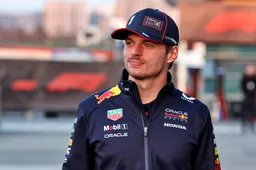
1
'People can see how good Max Verstappen is now', says former F1 driver
1119 times read
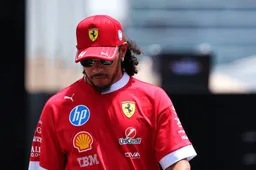
2
Former Red Bull Driver predicts early departure of Hamilton from Ferrari
1094 times read
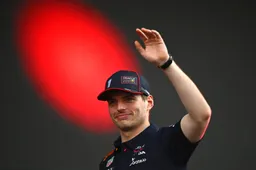
3
'Newey designs, Verstappen drives, and Alonso sporting director, hell of a team'
301 times read
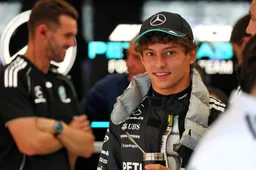
4
Antonelli would party with Alonso, Russell and Verstappen: 'They know what they are doing'
253 times read
